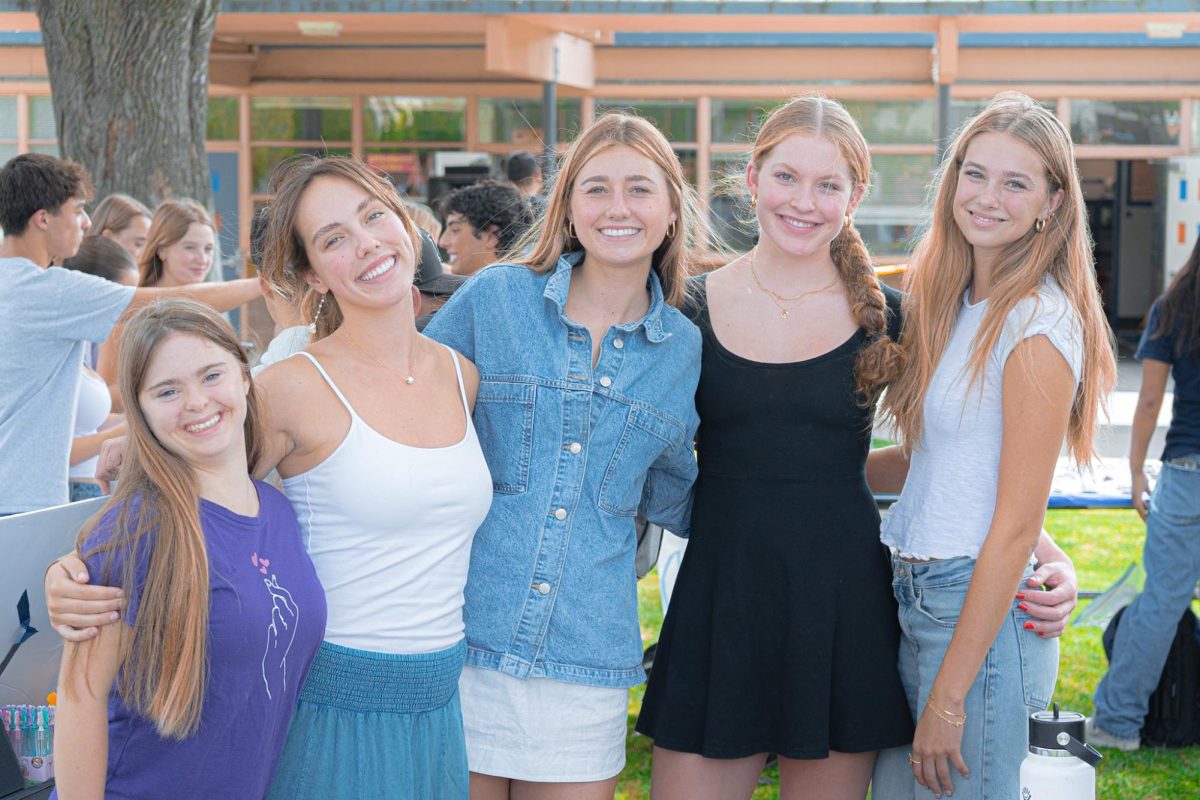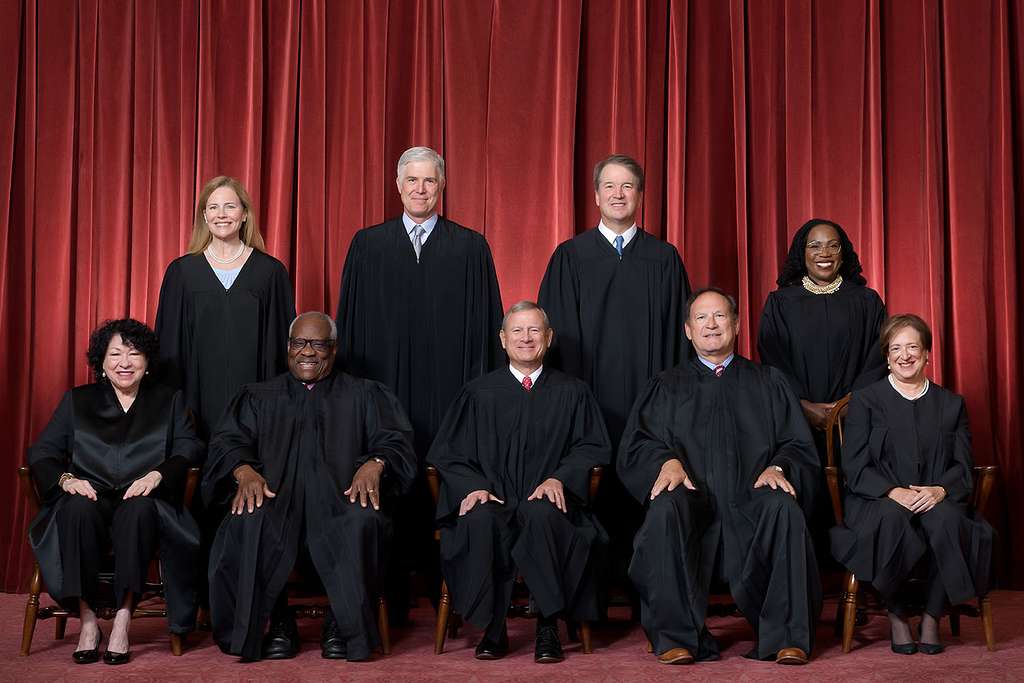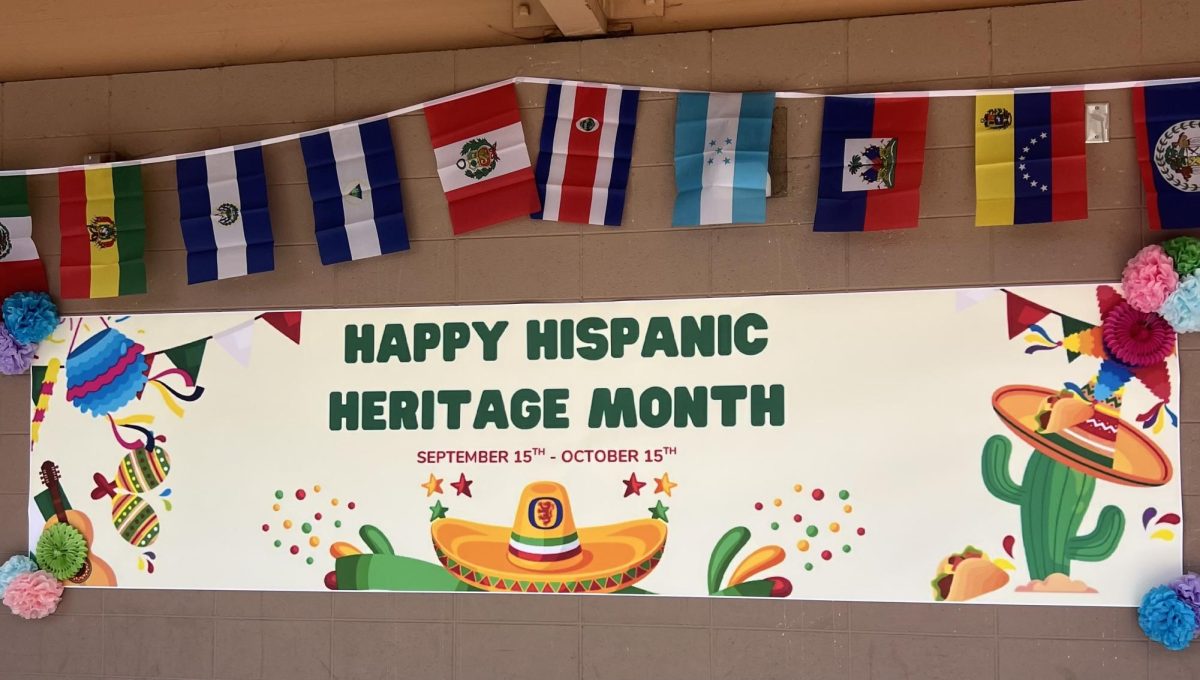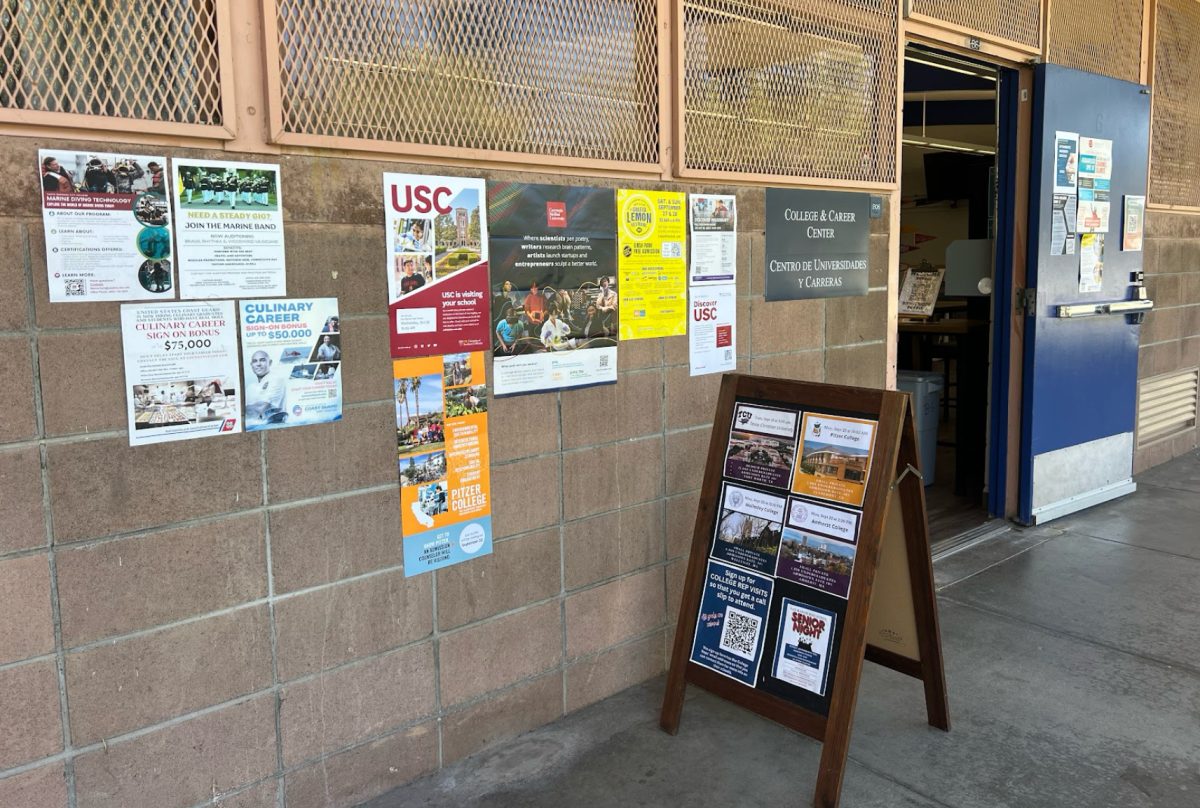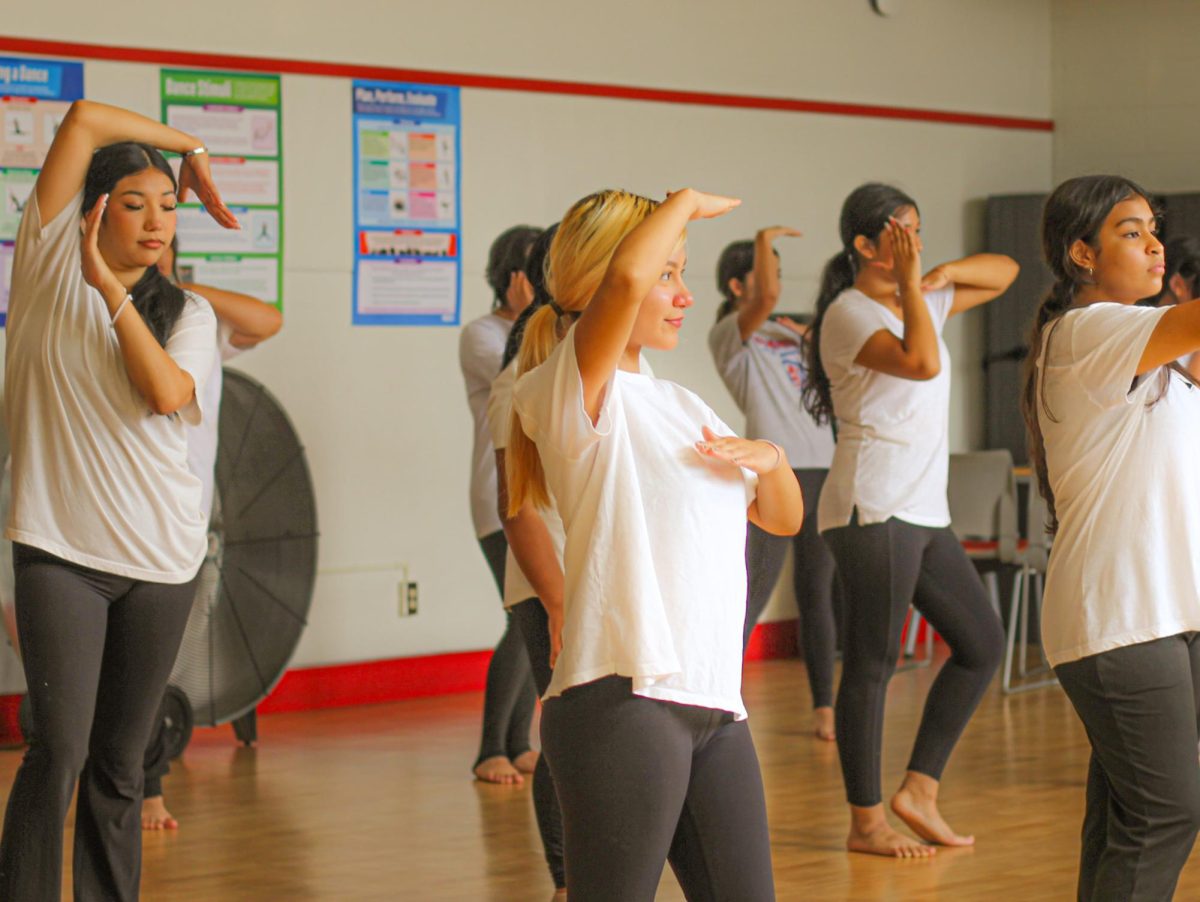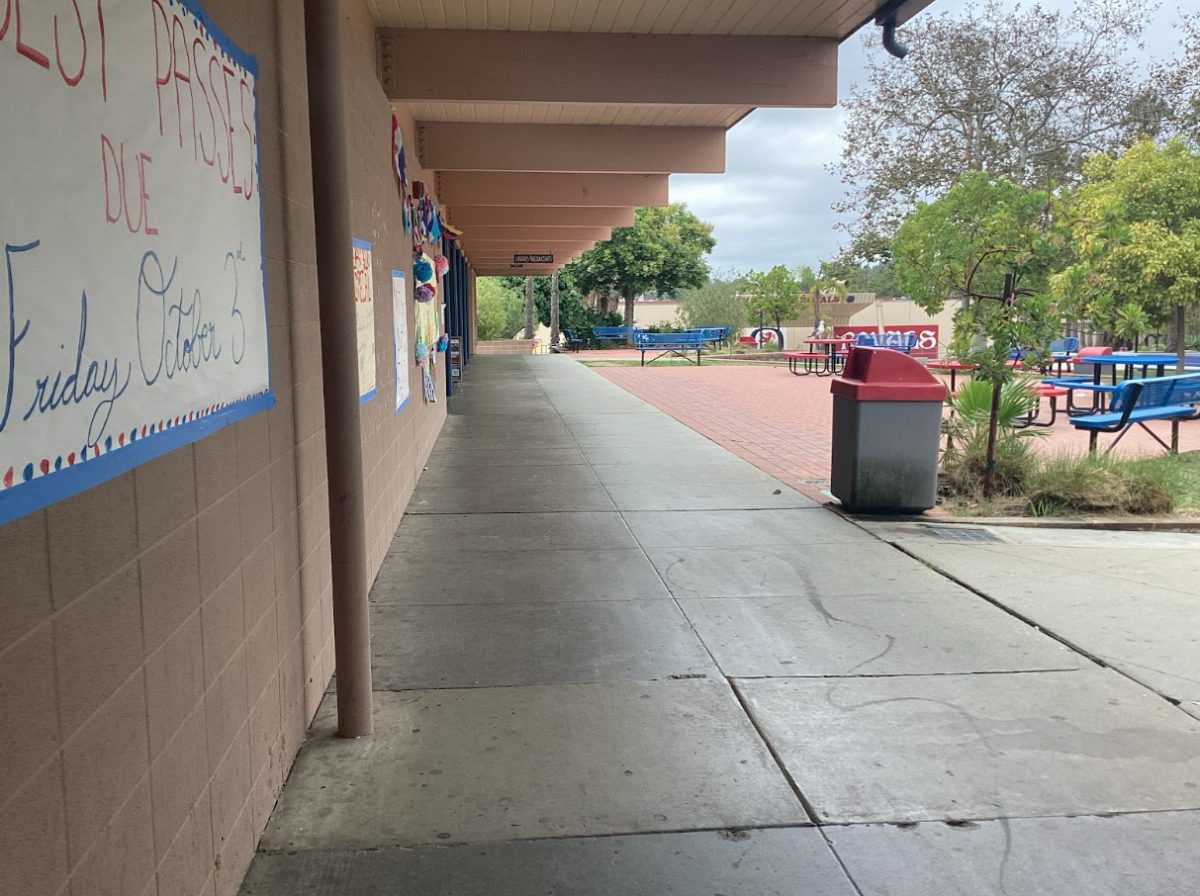Better safe than sorry–a phrase defined by Oxford Languages as meaning “it is wiser to be cautious than to be hasty or rash and so do something you may later regret.” Though pertinent in a variety of contexts, the phrase could candidly not be more relevant when it comes to school safety. In today’s day and age, where schools face safety challenges ranging from natural disasters, to on-campus violent conflicts, and even an increasing prevalence of outside security threats, the conversation of student safety has never held more urgency.
Schools have never been merely something to be simplified to institutions of learning; they are sanctuaries where students find solace and foster a sense of belonging, with safety serving as a foundational pillar of a sense of communal trust and well-being. Shedding a spotlight on the importance of school safety extends far beyond addressing the physical security of students—it encompasses the critical reassurance of their emotional and psychological well-being, which is essential for their holistic growth. As each day brings new challenges, it becomes increasingly imperative to recognize that safety is not a discretionary consideration but an unequivocal responsibility that shapes the trajectory of not only education itself but this sense of community as a whole.
Current Protocol
While incidents like the recent altercation at Alta Vista High School are rare, it serves as a cogent reminder of the need for a focus on campus safety. At San Marcos, prioritizing student and staff safety is an ongoing commitment that goes beyond protocols, rather akin to fostering an atmosphere where everyone takes an active role in maintaining a secure campus community. By equipping students and staff with tools and training, San Marcos is dedicated to ensuring that safety is not just a policy but a proactive mindset.
Here at San Marcos, recent years have been fortunate to persist predominantly violence free, nonetheless, ensuring both student and staff safety, especially from violence, remains a top priority of Principal Holdren and the entire San Marcos administration. With this in mind, the school consistently revisits and updates safety policies, holding debrief sessions after every event to assess and improve. All teachers undergo emergency training before the school year begins as well as during their Professional Development Days, prepped with an expectation to discuss these protocols with their students. In the event of an emergency, an alarm rings for 20 seconds and instructions are broadcasted repeatedly over the PA system. Beyond the classroom, campus safety personnel communicate through radios, while the Crisis Go app, accessible on district-issued devices, further ensures that students and staff are aware of any incidents.
Moreover, San Marcos has been working on a student safety presentation that will soon be delivered in classrooms, with the goal of ensuring students are truly knowledgeable and prepared. In the event of an immediate threat, students are instructed to enter the nearest classroom while teachers secure doors and windows, following the newly adopted “Avoid, Deny, Defend” approach: avoid the threat by hiding, deny entry by securing the room, and defend if necessary.
According to the National Center for Education Statistics, about 857,000 violent incidents were recorded by public schools throughout the 2021-22 school year with 67% of public schools reporting at least one violent incident. Though that percentage seems daunting, school shootings and threats are rare and San Marcos is rather aiming to place emphasis on preparedness and communication to minimize risks and only reassure everyone of the low likelihood of such events.
Campus Without an SRO
The San Marcos campus is unique in not having a dedicated School Resource Officer (SRO), unlike fellow highschools like Dos Pueblos, which has a full-time sheriff funded by the city of Goleta, and Santa Barbara High, which coordinates with the Santa Barbara Police Department to have a part-time officer. Located in what is known as unincorporated Santa Barbara County, San Marcos does not have an assigned SRO, instead falling under the Santa Barbara Sheriff’s Department’s authority to call upon when necessary. This was not always the case as San Marcos had an SRO for about seven or eight years, however, concerns were raised by a group of minority students and their families in a student-led coalition known as Cops Off Campus! The movement was fueled by the belief that officers on campus unfairly target students of color and other underrepresented groups, leading the district to decide against renewing the SRO program in a school board decision in October of 2021. Following the settlement, many parents spoke out against the decision, claiming that they felt blindsided by the agenda item that was marked as a staff recommendation to approve a new contract, not to terminate it. While empathizing with these concerns, there is also a recognition of the challenges this decision brings in emergency situations, where a familiar, consistent officer could improve response times and communication.
Principal Holdren on San Marcos Safety
According to Principal Holdren, San Marcos is looking to address this by possibly investing into a middle-ground solution: appointing a designated officer to respond specifically to San Marcos emergencies. This would avoid the need to rely on different officers unfamiliar with the campus and student body each time. Despite financial and other obstacles, ongoing discussions emphasize finding a solution that balances security needs with respect for our school’s diverse community.
“I do think that evidence indicates that we have been very successful in keeping our kids safe and I want to applaud our teachers and our students for their diligence. It’s unfortunate that we sometimes have to deal with situations that are created by people looking to cause a stir, making it appear that we are unsafe when in fact they are simply acting in a manner to gain attention,” said Principal Holdren.
Holdren continues, “Though I do believe in our safety protocols, we are still continually working to improve them. Most importantly, I want the students to know that we’ve got a lot of overlapping protocols and it’s a very, very, rare thing where someone would seek to cause them harm on campus. However, I still encourage you to, if you see something suspicious or concerning, report it immediately to an adult and we’ll worry about the follow-up after that. At the end of the day, it is better to be safe than sorry.”
Keeping San Marcos a safe, supportive environment requires everyone’s active participation. Students, teachers, and families are encouraged to stay informed, vigilant, and proactive in upholding campus safety. If you see something suspicious, don’t hesitate—report it to a staff member or call 911 if there is an immediate threat. Communicating with a community of 2,000 kids and 1,500 families is a real challenge that all of San Marcos and the SB Unified School District is working to tackle. Remember, your voice and actions play a crucial role in maintaining a safe campus for everyone and it is forever better safe than sorry.

